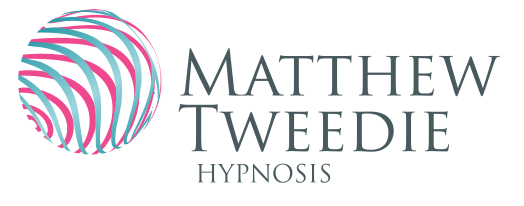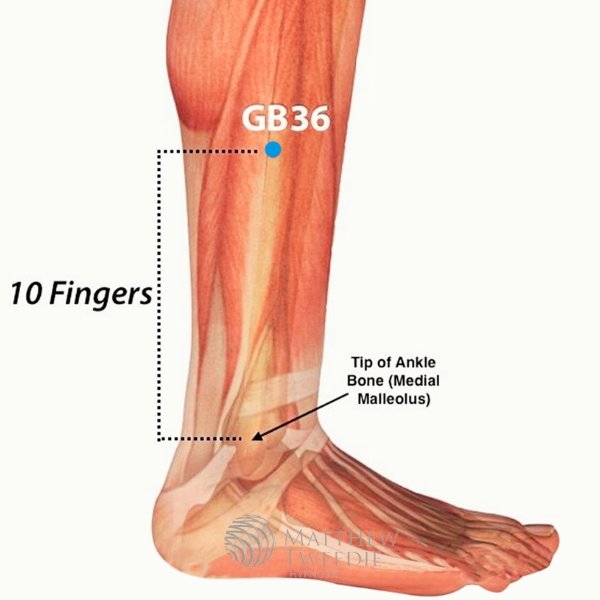GB 36
Gall Bladder 36
Acupuncture point "GB 36," known as 外丘 (Wai Qiu) in pinyin and "Outer Hill" in English, holds a special place in traditional Chinese medicine. Located 7 cun above the tip of the external malleolus on the anterior border of the fibula, this point offers a range of clinical applications and theoretical associations that can significantly enhance your acupuncture treatment protocols.
Clinical Applications:
Treatment for Rabies Symptoms: Historical references, such as the Bronze Man, suggest that GB 36 may be beneficial in treating rabies-related symptoms like rage, fever, and convulsions. In such cases, the application of moxa with three cones after a bite is recommended.
Acute Cholecystitis: GB 36 can also be considered in cases of acute cholecystitis, a condition characterized by inflammation of the gallbladder.
Management of Acute Painful Skin Conditions: For patients experiencing acute painful skin conditions, GB 36 may offer relief and contribute to overall well-being.
Theoretical Associations:
GB 36 is classified as a "Xi Cleft Point" on the Gall Bladder Meridian. Here are its key details:
Xi Cleft points are where the Qi of the meridian converges deeply, storing Qi and blood. Abnormal reactions at Xi Cleft points indicate the penetration of pathogens into deeper parts of the Zang-Fu organs. Consequently, they are particularly valuable for addressing acute, painful symptoms, inflammation, and protracted diseases of the associated meridian and Zang-Fu organ. Additionally, Xi Cleft points of the Yin meridians are known to have hemostatic properties.
GB 36 functions by activating the meridian, relaxing the sinews, and relieving pain. It can be applied effectively to address a range of conditions, including distention and pain of the chest and hypochondrium.


